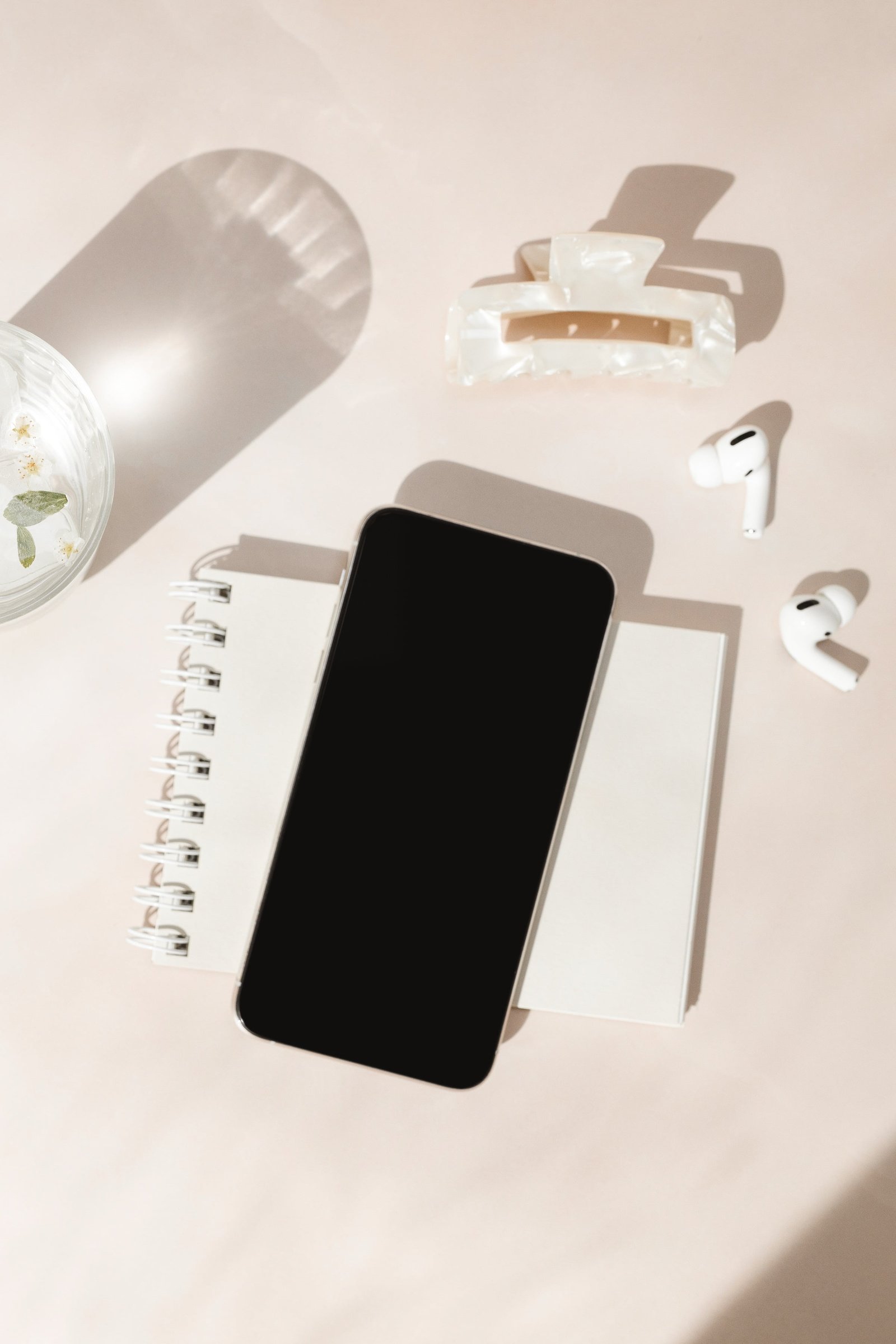Ramping up screen time has been super common place for many of us as we’re staying indoors more due to the pandemic.
Blue light from our digital devices has been reported to cause eye strain with prolonged use, but could it be reversing some of the work you’ve been putting into your skin?
If you spend a lot of time in front of the screen, you may want to read further!
What is blue light?
Blue light is a high-energy visible light that can penetrate the skin deeper than other lights due to its longer wavelength. Blue light is not to be confused with UVA or UVB rays.
The main source of blue light is the sun, but we also get a significant doses from our phones, computers, and indoor lighting. Especially since the pandemic, it’s more important now than ever to understand its potential effects.
But blue light IS necessary in moderation as it regulates our body’s natural sleep-wake cycle and improves alertness. Small, measured doses of blue light is even widely used in clinical acne therapy.
Can it actually cause skin damage?
Although blue light won’t visibly burn your skin or cause skin cancer, there is speculation among dermatologists that it can still cause damage in terms of discoloration, fine lines, and loss of collagen.
According to Dr. Howard Murad of Murad Skincare, the damage is not instant – it’s a cumulative effect. There’s speculation that about eight hours of screen time can be equivalent to 20 minutes of sun exposure – which isn’t a lot on its own but definitely adds up over time.
In 2015, a clinical study published in Oxidative Medicine and Cellular Longevity suggested that exposure to blue light might stimulate the production of free radicals in skin, which can accelerate the appearance of aging. Note the key word is might.
The bottom line? The effects of blue light on aging of the skin needs more research before we come to solid conclusions, though there is evidence out there that suggests it can be potentially damaging in prolonged doses.
Are protective blue-light serums worth it?
Recently, you may have noticed trends to use blue-light-specific skin products that work to block these high-energy wavelengths radiating from your digital screens. But the truth is these formulas are no different from other antioxidant serums since the aim is to combat free radicals.
It’s still important to use protective skin care, so as long as you’re already using an antioxidant serum in your regular day-time routine, you won’t need any extra splurges on blue-light serums.
Final Verdict
If you spend a lot of time in front of digital devices (a.k.a. almost all of us), be sure to keep up with your regular morning routine. There’s no need to go out of your way to buy a blue-light serum if you already have an antioxidant serum, since they work the same.
If you want to start wearing SPF indoors to protect your skin from blue light, mineral sunscreens (ones with zinc oxide as its primary active ingredient) will work because they serve as a physical block against these rays. Chemical sunscreens, on the other hand, won’t work because they can’t absorb blue-light exposure from digital screens.
Other ways to protect your skin can mean keeping phones at a distance (I’m totally guilty for getting up too close and personal with my phone) or opting for the laptop instead (hello to more desktop apps!).
If you’re catching yourself glued your laptop, it’s worth the effort to stick on a blue-light screen protector (you’ll barely tell it’s there) or to dim blue-light emission levels under your settings.
Featured photo by Haute Stock

Leave a Reply